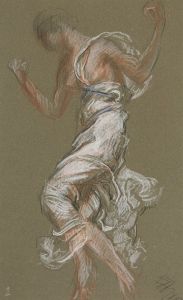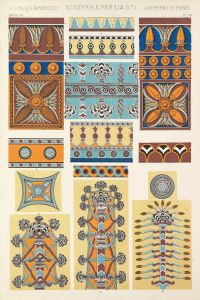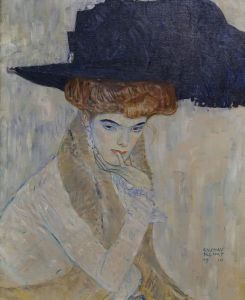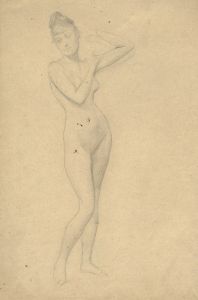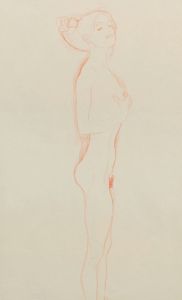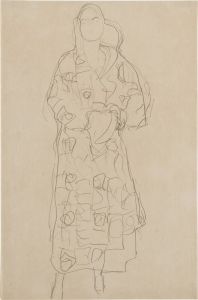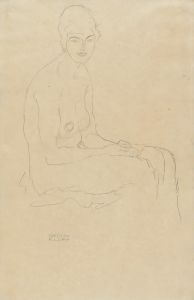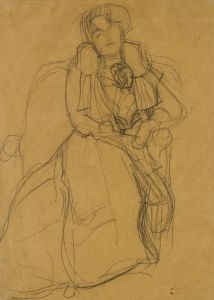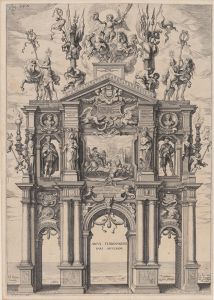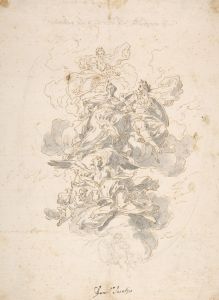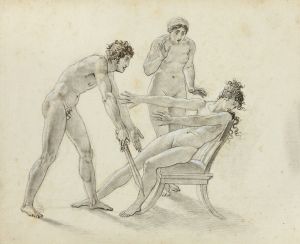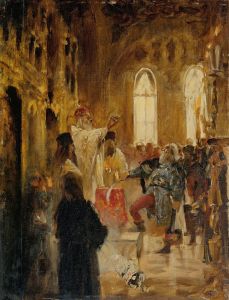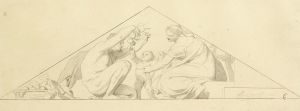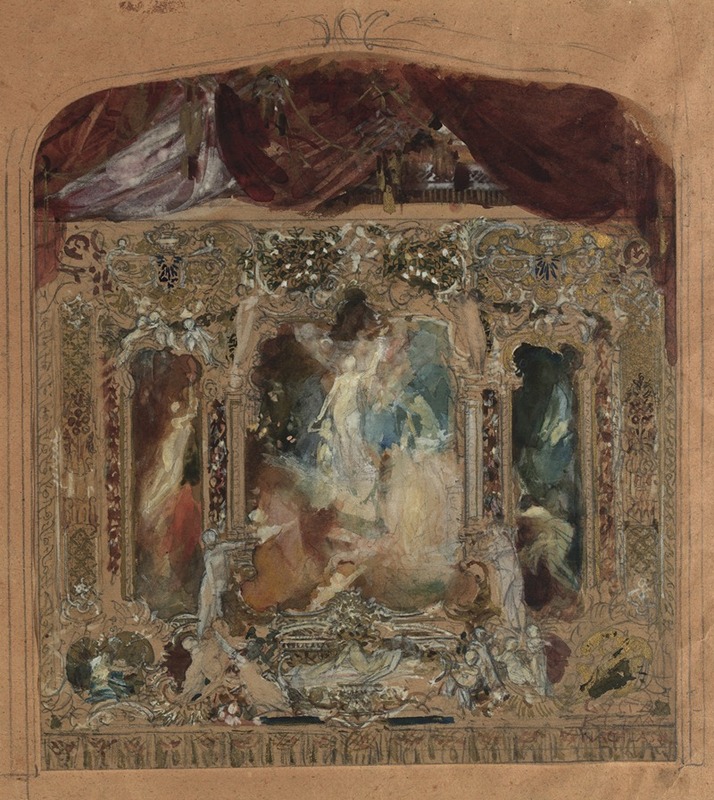
Entwurf für den Theatervorhang in Reichenberg
A hand-painted replica of Gustav Klimt’s masterpiece Entwurf für den Theatervorhang in Reichenberg, meticulously crafted by professional artists to capture the true essence of the original. Each piece is created with museum-quality canvas and rare mineral pigments, carefully painted by experienced artists with delicate brushstrokes and rich, layered colors to perfectly recreate the texture of the original artwork. Unlike machine-printed reproductions, this hand-painted version brings the painting to life, infused with the artist’s emotions and skill in every stroke. Whether for personal collection or home decoration, it instantly elevates the artistic atmosphere of any space.
Gustav Klimt, an Austrian symbolist painter and one of the most prominent members of the Vienna Secession movement, created the artwork Entwurf für den Theatervorhang in Reichenberg (Design for the Theater Curtain in Reichenberg) as part of his contributions to decorative and applied arts. This work was a preparatory design for a theater curtain intended for the city of Reichenberg, now known as Liberec, in the Czech Republic. The piece reflects Klimt's characteristic style, which often combined symbolism, allegory, and a focus on decorative elements.
The design was created during a period when Klimt was actively involved in various public and private commissions, particularly in the realm of theater and architecture. His work during this time often showcased his ability to merge functionality with artistic innovation, making him a sought-after artist for such projects. The Entwurf für den Theatervorhang in Reichenberg is an example of Klimt's engagement with large-scale decorative projects, which were a significant part of his early career before he shifted focus to more personal and experimental works.
The artwork itself is a testament to Klimt's mastery of composition and his interest in integrating art into public spaces. While the final curtain design was intended to enhance the theatrical experience, it is unclear whether the project was fully realized or if the curtain was ever produced and installed in the theater. The preparatory design, however, remains an important example of Klimt's work in the applied arts and his contribution to the cultural landscape of the Austro-Hungarian Empire.
As with many of Klimt's works, the Entwurf für den Theatervorhang in Reichenberg demonstrates his ability to balance intricate detail with a broader, cohesive vision. The design likely incorporated allegorical or symbolic elements, which were common in Klimt's oeuvre, though specific details about the imagery and themes of this particular work are not widely documented.
Today, the design is recognized as part of Klimt's artistic legacy, reflecting his versatility and his role in shaping the visual culture of his time. However, detailed information about the commission, its execution, and its current status remains limited.





